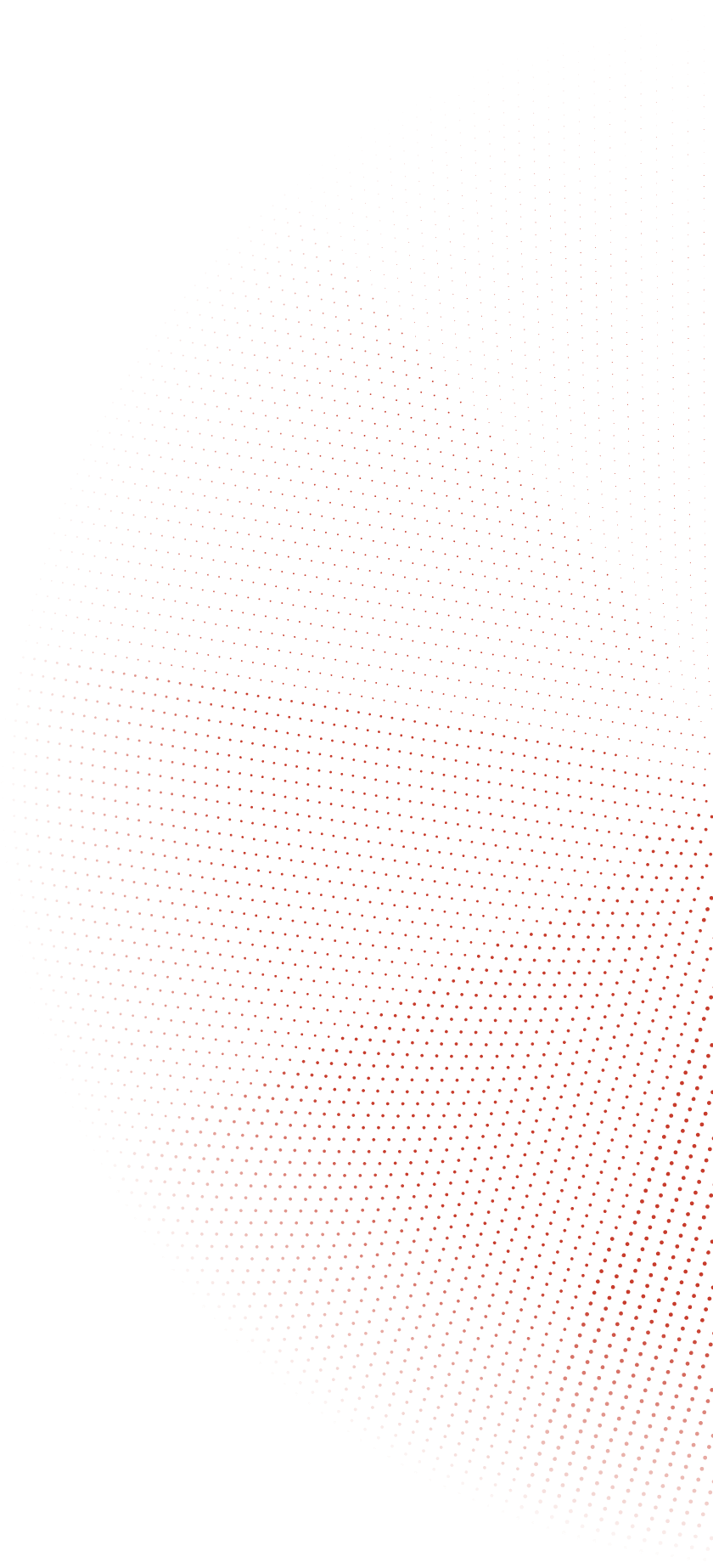The current methods of confirming a CVD diagnosis are often expensive, time-consuming and uncomfortable for the patient. At the moment, there is no way to detect a disease before symptoms appear, but researchers are working on ways to diagnose CVDs earlier. If successful, this would dramatically improve patients’ wellbeing and reduce the financial burden on societies.
Arterial Stiffness is the key to detecting CVDs early
The most promising direction of research concerns the different indicators of arterial stiffness. Electrical signals tend to travel faster in stiffened vessels than in healthy ones. Bioelectrical impedance spectroscopy can be used to monitor these long-term subtle changes in the electrical properties of blood vessels. Therefore, this could potentially be a new way to quickly and non-invasively detect the development of arterial stiffness—and by extension, CVDs.
Measuring the arterial stiffness – an indicator of CVDs
An important indicator of arterial stiffness is the cardiac pulse wave velocity (PWV). PWV is a measure of arterial stiffness, or the rate at which pressure waves move down the vessel. Before measuring the PWV, it’s necessary to first detect the propagation of the cardiac pulse wave.
Eliko’s impedance spectroscopy device Quadra was recently used in a feasibility study that aimed to investigate the propagation of the cardiac pulse wave with electrical impedance. It was a challenging task, since the researchers needed to measure the pulse wave from multiple locations simultaneously, and keep the measured impedance data in perfect synchronisation.
Bioelectrical impedance can monitor the cardiac pulse wave
We developed a special high-speed multiplexer front-end to gather all the measurement data. The front-end was equipped with a breakout module that conveniently allowed up to four electrode sets to be attached to a single device. The three different measurement locations each had a 4-wire setup of medical pre-gelled Ag/AgCl ECG-electrodes. The cardiac signals were acquired from the chest, the femoral artery in the groin area and the ankle (see figure 1 for the electrode placement).

Figure 1. Impedance modulation caused by cardiac signals. Measured a – on chest (red), b – on groin (green, 4× amplified) and c – on ankle (blue, 2× amplified). Bulk values of impedances are removed.
The measured impedance spectra consisted of 15 set frequency components at a 1 ms sampling rate. To simplify the data analysis and visualisation, we chose the results at 31 kHz, since it displayed the best resolution and is also close to 50 kHz, a frequency generally used in body composition analysers. The red, green and blue waveforms on the figure show the results of our study. It’s clear that bioelectrical impedance spectroscopy can be used to observe the propagation of the cardiac pulse wave on humans.
In conclusion, pulse wave propagation can be monitored with bioelectrical impedance spectroscopy. Further studies will clarify if bioimpedance could also be used for measuring the cardiac PWV, an important indicator of arterial stiffness and CVDs. It will still be a long time until we get to a new diagnostic tool. However, we have made clear progress towards the goal of diagnosing CVDs early.
The Quadra Impedance Spectroscopy is developed by Eliko and Prof. Mart Min’s team at the Tallinn University of Technology. It’s a powerful tool that can be embedded in portable medical devices. If you have a research problem or an idea, we will help you through the entire process from initial measurements to embedding. Contact us for more details.

